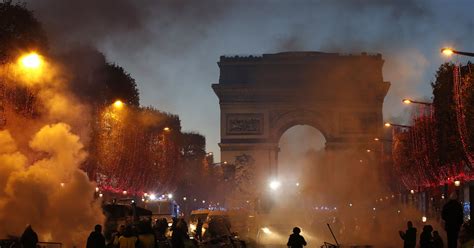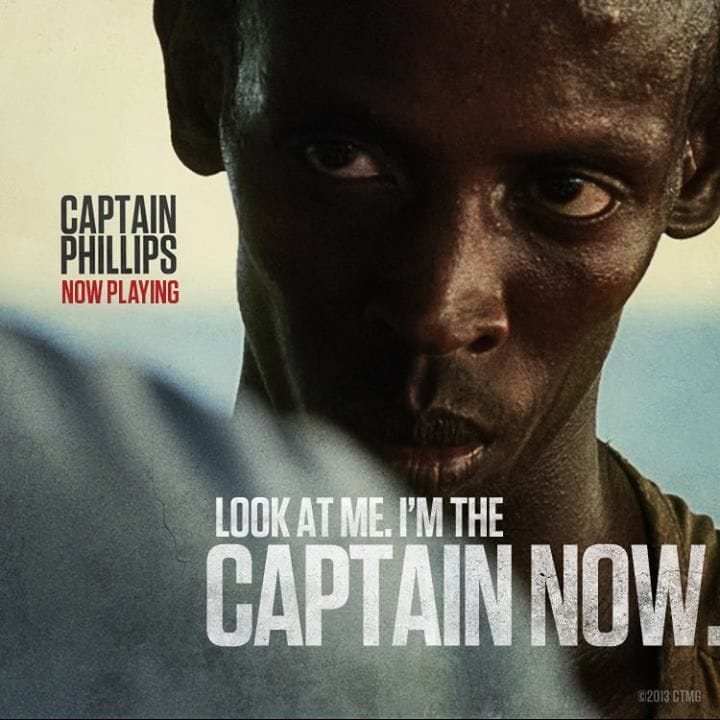The Long View 2006-11-28: The Wall; Justice; the Red and the Green

Gilets Jaunes
While the alliance of Western Muslims and Western Leftists generates a lot of press, both now [cf. Michel Houellebecq’s Submission] and in the past, actual proletarian uprisings stubbornly refuse to follow suit.
The Wall; Justice; the Red and the Green
Are you troubled by the wall of separation between church and state this Christmas season? Has the ACLU declared a jihad against your town's Christmas creche? Well, Fr. Neuhaus has these words of comfort for you in the December issue of First Things:
As we all know, "the wall of separation between church and state" is in the Constitution. Except that it isn’t. Daniel Dreisbach, professor of law at American University in Washington DC, reflects on the damage that has been done by "constitutionalizing" the phrase found in Thomas Jefferson’s 1802 letter to the Baptist association of Danbury, Connecticut. He writes:
A wall is a bilateral barrier that inhibits the activities of both the civil government and religion—unlike the First Amendment, which imposes restrictions on civil government only. In short, a wall not only prevents the civil state from intruding on the religious domain but also inhibits a religion from influencing the conduct of civil government. The various First Amendment guarantees, however, were entirely a check or restraints on civil government, specifically on Congress. The free press guarantee, for example, was not written to protect the civil state from the press, but to protect a free and independent press from control by the national government.
Actually, the idea of a First Amendment "wall of separation" between government and the press is not as strange as might at first appear. The principal of "petrolism," after all, is that the state will not interfere in the affairs of civil society if civil society promises not to interfere with affairs of state. That sounds fair.
* * *
There is even more about fairness in that December issue of First Things, such as this review by Justin Shubow of William Ian Miller's An Eye for an Eye:
A professor of law at the University of Michigan whose previous books concerned topics as disparate as courage, disgust, and Icelandic blood feuds, Miller here offers an "antitheory of justice," a concrete, unsystematic look Ask how people historically have perceived and achieved justice through revenge. To the extent that there is a unifying theme in this meandering but fascinating essay, it is that the mercantile diction of obligation—of payback and owning up, of settling accounts and obtaining redemption and--cuts to the heart of our deepest intuitions about right and wrong. So, too, does the closely related language of measurement and valuation.
May I suggest that this is important? For several decades now, informed opinion of all political persuasions has more or less accepted John Rawls's premise that "justice is fairness"; that is, that what people mean when they say that they have been treated justly is that they have been treated according to procedures that are unbiased in such a way as to minimize the role of chance. If this new study is to be believed, however, a natural-language investigation of the term "justice" shows that it actually means no such thing. Someone should turn this antitheory into a proper theory.
* * *
Meanwhile, the Wreck of Europa draws ever closer, if we are to believe the most recent issue of The Weekly Standard. I note particularly this item, Another French Revolution? The rioters and their admirers--on the right and the left, by Michel Gurfinkiel of the Jean-Jacques Rousseau Institute in Paris:
Indeed, there are intellectuals on the left and right who relish the prospect of a new French Revolution, and welcome the suburban rioters as its spearhead. Nothing is more revealing, in this respect, than the success of a feverish political novel, Supplément au roman national (A Sequel to the National Narrative), by 28-year-old author Jean- ric Boulin. Published two months ago, it forecasts a "social and racial" revolution in France in 2007. First a wave of suicide bombings in Paris. Then martial law. Then, finally, the great rebellion of the French poor: the native underclass, the Arabs, and the blacks, who unite under the green flag of Islam and the tricolor of France and march on Paris--as a sort of Commune in reverse. Boulin gallantly supports such an outcome. [Despite the support on the Left for the unrest, this is just a novel. Nonetheless] it would be wise not to write off entirely the possibility of a green-red alliance. There is a historical precedent in the spread of Islam itself, in the 7th century. ...Even the green flag of Islam was borrowed from non-Arabs: It was originally the symbol of rebellion in Byzantium, the equivalent in its day of the red flag in ours.
Scary stuff: should we be comforted or disconcerted by the fact it is old scary stuff? Note this passage from Oswald Spengler's The Hour of Decision, a book published in 1933 that treats of the menaces posed by the White Revolution (the radical European Left) and the Coloured Revolution (what we would now call the Third World, plus Russia, but minus Japan, which seemed to drift to Europe in Spengler's later thought):
But the greatest danger has not yet been even named. What if, one day, class war and race war joined forces to make an end of the white world? This lies in the nature of things, and neither of the two Revolutions will disdain the aid of the other simply because it despises its supporters. A common hate extinguishes mutual contempt. And what if some white adventurer - and there have been many such - whose wild soul cannot breathe in the hothouse of civilization and seeks to satiate its love of danger in fantastic colonial ventures, among pirates, in the Foreign Legion - should suddenly see this grand goal staring him in the face?
The leftist masses of Spengler's day have largely evaporated, and when he talked about the extra-European menace, he seems to have been thinking more about colonial revolt than immigration. Still, to the extent there is an ideological merger of the Red and the Green, he seems to have foreseen it.
On the other hand, think how pleasantly surprised he would be by Benedict XVI. He represents the sort of unflustered return to tradition that Spengler thought was the hope of the West.
Copyright © 2006 by John J. Reilly



Comments ()